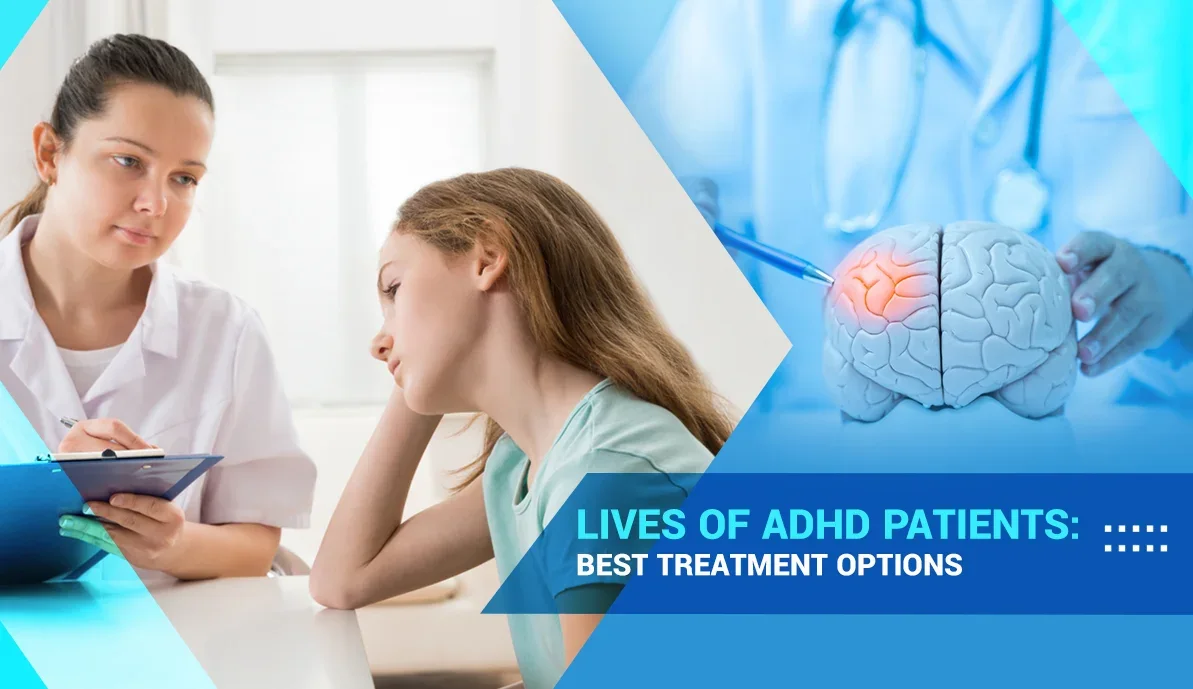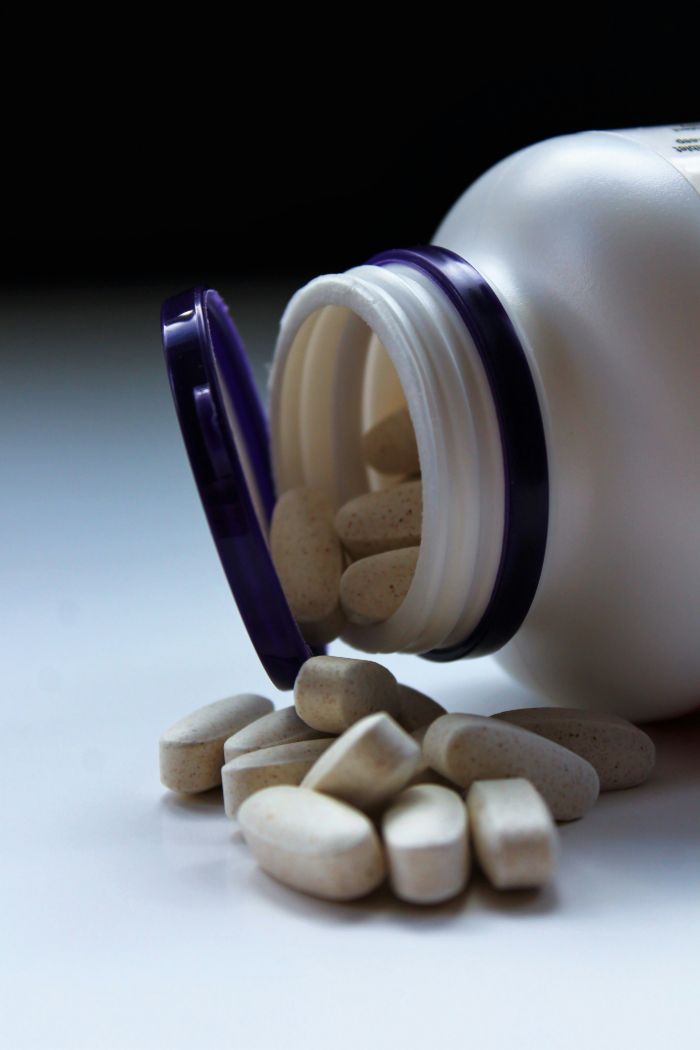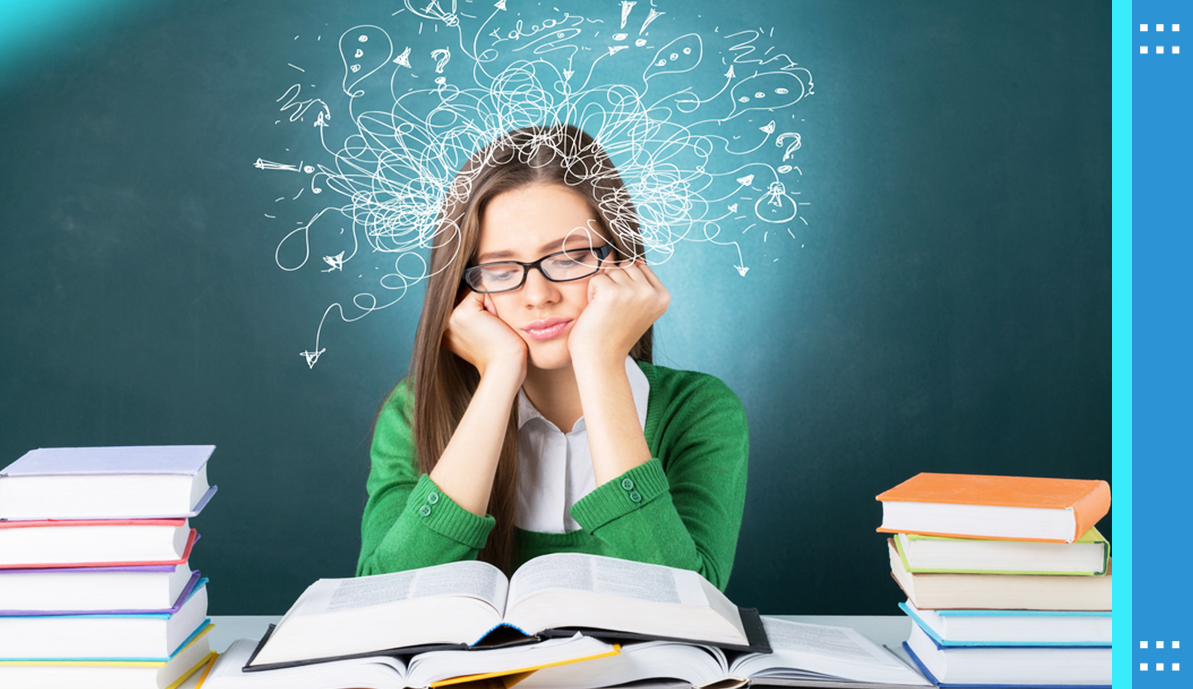ADHD (Attention-Deficit/Hyperactivity Disorder) is a complex health condition that affects the lives of millions of children and adults in the long run. In most cases, the disorder in children continues into adulthood. One with ADHD can have a hard time paying attention. Some are hyperactive. Some experience extreme impulsiveness. The neurodevelopmental disorder affects around 5%-7% of youth and 2.5%-6.7% of adults. According to the latest studies, the rate of ADHD is higher in children in the United States, which is around 8.7% of 5.3 million.
In the most common type of ADHD, the patients may not have any symptoms of hyperactivity, but the problem is with focus and discipline. Thankfully, with the right kind of treatment and medication options, it’s possible to address the concern and help the patients recover from the symptoms. ADHD may not be fully curable, but proper remedies and potent medicines can offer patients effective relief. At Global Care Meds, we deliver the best quality medicine to your doorstep when needed.
This blog explores ADHD, offering insight into its symptoms and the best treatment options available today.
How are the Lives of ADHD Patients?
ADHD in Children
When a child shows ADHD symptoms, parents are more concerned about which is the right treatment option for the child. Children with ADHD suffer more from low self-esteem and trouble in building relationships. Their performance is not satisfactory in school. ADHD symptoms might show up at an age as early as 3 years, and they may lessen with age. The symptoms can be mild, moderate, or severe. The symptoms may be different based on places and situations, like at home or in school. The symptoms are more evident in boys than in girls. Boys might be hyperactive, while girls with ADHD face attention issues.
A child with ADHD shows a pattern of symptoms like –
- The child is careless and fails to pay attention to details. The child may not listen even when talked to directly.
- The child may have trouble with focus. The child may not like doing homework as it requires focus.
- The child is often forgetful and leaves items. The child has a hard time following instructions and finishing tasks.
- Distraction is way too common in children with ADHD. The child has difficulty organizing tasks.
- Talkativeness and a tendency to disturb others in their course of action.
- Inability to wait and running around in situations when it’s not proper.
Now, even the most healthy children are hyperactive, inattentive, or impulsive at one point or another. It’s normal for children to have a short attention span. They are naturally hyperactive. These are symptoms of healthy children. The problem occurs when the kids show similar symptoms both at home and in school.
ADHD in Adults
Adults with ADHD suffer a continual pattern of inattention, uncontrollable impulses, and hyperactivity, which makes their lives hard at home, in educational hubs, and professional sectors. Adults with ADHD often have poor academic performance, work-life issues, or complicated relationships. They often fail to stick to a job, stay disciplined, maintain punctuality, keep their word, complete projects, or perform everyday tasks. Restlessness is a common symptom. They may attempt to do multiple tasks simultaneously, but often fail. They often show up with impulsive and risky behaviors.
The patterns of symptoms affecting the lives of adults with ADHD –
- Inattentiveness and distraction
- Procrastination and disorganization
- Poor time management, lack of planning, and organization.
- Trouble remembering details.
- Forgetfulness and often losing things.
- Fail to follow instructions often and complete projects.
- Trouble waiting and can’t sit still for long periods.
- Don’t allow others to talk in a conversation
- An extreme feeling of restlessness, and a constant urge to be in motion
- Looking for immediate results and rewards instead of future rewards and consequences
Again, behavioral changes are common in adults, yet adults with ADHD show symptoms that are more severe and persistent. When ADHD and any other mental disorder co-occur, it becomes harder to treat. In adults with ADHD, sleep issues are more evident.
ADHD Treatment Options for Children and Adults
ADHD treatment varies depending on individual needs and the severity of symptoms. Treatment options include training and coaching, behavioral therapy, and prescription medicines. The objectives behind the treatment are to lower the distress and achieve a high quality of life. It’s always advisable to consult a healthcare expert who can guide you through the best treatment course. Whether you are looking to treat ADHD symptoms in a child or an adult, here we present some of the most effective methods. The treatment can come in solo forms or a combination of two or more treatment methods, like medical, behavioral, and lifestyle change strategies.
Potent Medications for ADHD
Your doctor will recommend ADHD medication based on the type of ADHD and the severity of symptoms. Both stimulants and non-stimulants work for ADHD. Both children and adults may take the medication, though the dosage and frequency differ. Stimulants reduce the reabsorption of brain messengers like dopamine and norepinephrine. The medicines are common in treating adult ADHD symptoms. Chemicals create a paradoxical calming effect that is potent to reduce fatigue and hyperactivity.
In contrast, the non-stimulants come into action when stimulants fail to manage the symptoms. You may experience some side effects after taking the medication. In such cases, it’s important to report to your doctor. One can take medicines like Modalert 200 MG, Modalert 100 MG, and Modasmart 400 MG, which are effective in decreasing ADHD symptoms under a doctor’s prescription.
Therapeutic Solutions
Several therapeutic solutions are available to treat children and adults with ADHD. Psychotherapy is helpful where the patient opens up about the difficulties in coping with ADHD. The therapy helps the person grow interpersonal skills, tolerance, and self-awareness. Again, behavioral therapy helps an ADHD patient with a more awakened sense of thoughts and behaviors. Cognitive behavioral therapy (CBT) allows ADHD patients to recover from the symptoms with an improved pattern of thoughts.
Skill Training
Social skill training helps improve interpersonal relationships. The objective is to identify and follow potent behaviors to resolve conflicts and communicate clearly. In case a child has ADHD, parents can learn effective techniques to train their child. Some of the practical methods include offering immediate rewards and teaching the value of togetherness, the concept of timeouts, and stress management, among others.
Lifestyle Changes
ADHD treatment includes both medication and therapeutic methods. A few healthy adjustments in daily routine can help patients deal with ADHD symptoms better. Some of those include –
- Regular exercise encourages the release of neurotransmitters like dopamine and norepinephrine. These help improve focus and cognitive function and bring down impulsivity.
- A balanced diet with whole grains, protein, fruits, and vegetables taken daily can improve cognitive function. Less sugar, artificial additives, and caffeine help reduce hyperactivity and impulsivity in the brain.
- Nothing can replace quality sleep. ADHD symptoms like irritability and inattention worsen if one has inadequate sleep. It’s essential to create a healthy sleep cycle and maintain it to enjoy better sleep quality and fewer ADHD symptoms.
- Stress and tension can worsen ADHD symptoms. Techniques like medications, deep breathing, and yoga can help ADHD patients stay calm and focused. It’s needed to reduce the stressors and set practical goals to reduce impulsiveness.
- Time management and discipline help individuals to stay on track. A daily routine with small goals can improve the productivity of a person with ADHD.
Final Takeaway
ADHD has no ultimate cure. But, as we have seen, the symptoms can be managed while keeping several factors in mind. Whether it’s a child or an adult, effective measures, therapies, and potent medications can benefit them cope with the symptoms. Along with the treatment options mentioned above, limiting screen time and reducing distractions can improve attention span in ADHD patients. Recovery needs emotional support and encouragement on a consistent note. It’s challenging to live a life with ADHD. The treatment method takes a comprehensive approach beyond medication and therapy. Everyone suffers differently; therefore, it’s important to adapt to lifestyle changes based on individual needs and preferences. At Global Care Meds, we supply premium quality ADHD medicines and support you in your recovery journey.





